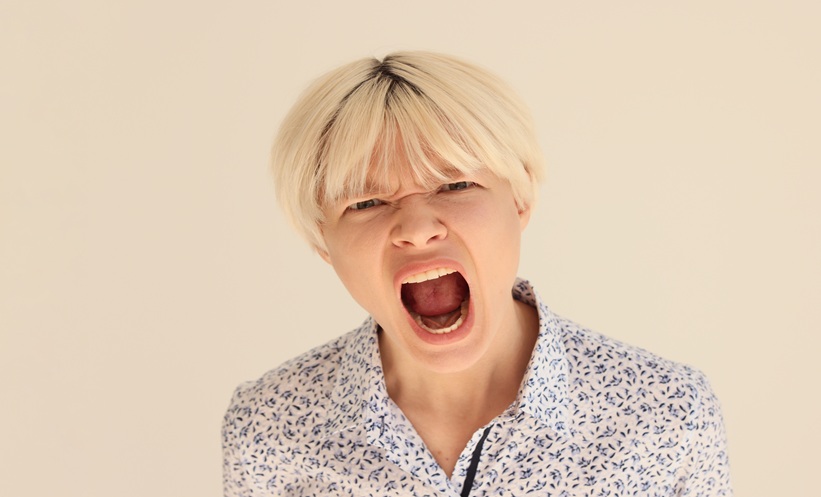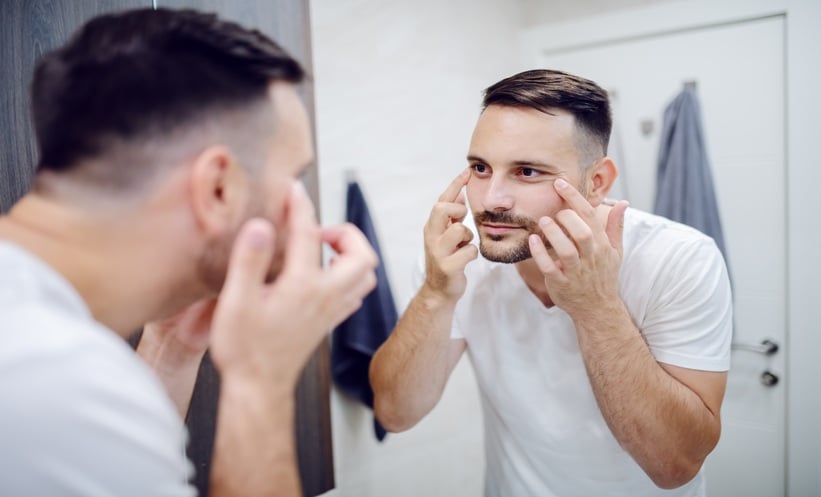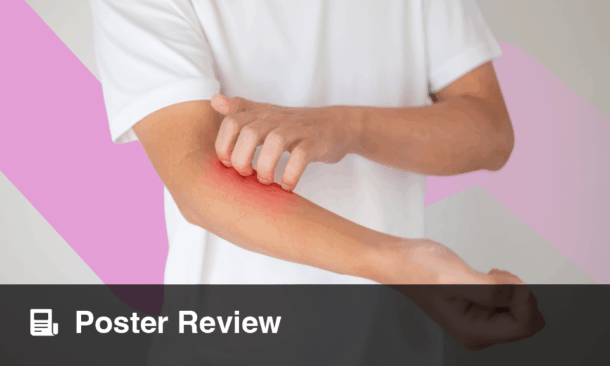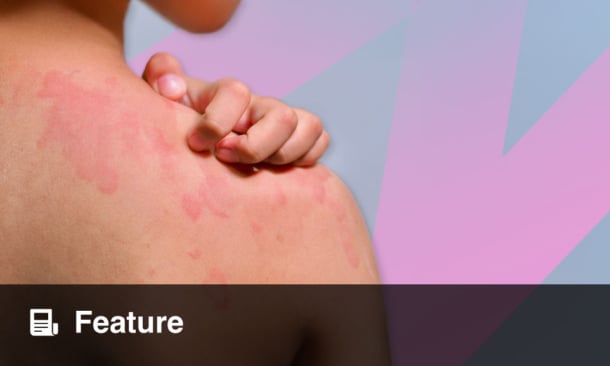Study Design and Measures
LOW level laser therapy delivered the highest patient satisfaction in burning mouth syndrome across treatments studied. This retrospective cross-sectional analysis reviewed records for 151 individuals diagnosed with burning mouth syndrome who received one of five options: clonazepam, melatonin, α-lipoic acid, low level laser therapy, or phytotherapy. Investigators assessed patient-reported outcomes using the Self-Assessment of Treatment Questionnaire and a visual analogue scale. Satisfaction was examined alongside adherence and adverse effects to capture an integrated view of benefit and tolerability.
Key Results for Satisfaction and Safety
Low level laser therapy produced the top scores for symptom improvement on the visual analogue scale at 4.21 and for perceived effectiveness at 5.02. Overall satisfaction reached 73.91 on the SAT-Q, with statistical significance reported at p<0.001. Clonazepam showed high adherence at 93.8%, accompanied by a greater frequency of side effects at 31.3%. No side effects were documented in the low-level laser therapy or α-lipoic acid groups. Univariate logistic regression linked higher satisfaction with greater symptom relief, OR: 2.64; 95% CI: 2.03 to 3.44. Perceived effectiveness was associated with an OR: 2.07; 95% CI: 1.71 to 2.50. Good adherence corresponded to an OR: 3.81; 95% CI: 1.95 to 7.42.
Burning Mouth Syndrome Treatment Considerations
These results suggest that burning mouth syndrome treatment decisions benefit from incorporating patient-reported measures that track symptom change, perceived effectiveness, and adherence. Low level laser therapy combined favorable satisfaction signals with an absence of recorded side effects in this sample. Clonazepam remained adherent for most recipients, although adverse events were more common. The findings support discussion of nonpharmacologic approaches alongside pharmacologic choices, with structured follow up using visual analogue scales and validated questionnaires to guide adjustments.
Clinical Implications for US Practice
For patients with persistent oral burning, counseling can emphasize expected symptom trajectories and the role of adherence in satisfaction. When available, low level laser therapy may be considered given its profile in this cohort. Clinicians should tailor options to comorbidities and preferences while documenting changes with consistent, patient-centered instruments.
Reference: Garcia-Martinez A et al. Patient Satisfaction with Treatments for Burning Mouth Syndrome: A Retrospective Study Using the Self-Assessment of Treatment Questionnaire and Visual Analogue Scale. J Stomatol Oral Maxillofac Surg. 2025;doi:10.1016/j.jormas.2025.102622.







